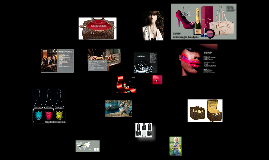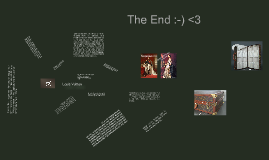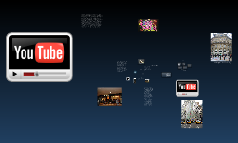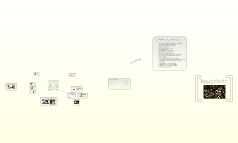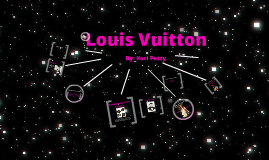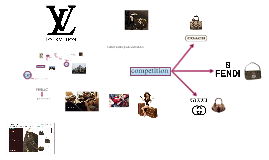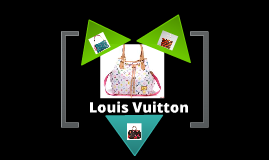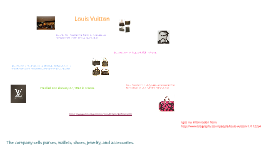Louis Vuitton
Transcript: Born August 4,1821-February 27,1892 died at age 71 Jura, France-commune of Lavans-sur-Valouse 1835 when he was 14 he moved to Paris on foot over 200 miles and became an apprentice of Monsieur Marechal who worked for the wife of Napoleon III, Empress Eugenie. The skills he learned here would help him start his own business. Since the 19th century, manufacture of Louis Vuitton goods have not changed: Luggage is still made by hand. Contemporary Fashion gives a preview of the creation of the LV trunks: "the craftsmen line up the leather and canvas, tapping in the tiny nails one by one and securing the five-letter solid pick-proof brass locks with an individual handmade key, designed to allow the traveler to have only one key for all of his or her luggage. The woven frames of each trunk are made of 30-year-old poplar that has been allowed to dry for at least four years. Each trunk has a serial number and can take up to 60 hours to make, and a suitcase as many as 15 hours. In 1854 he opened a store in Paris selling high end luggage. His designs were unique, they had flat tops and were able to be stacked so travelling was easier. Everyone elses at the time was rounded and harder to travel with, his line became very desirable. 1885 he opened a store in London, at this time Damier Canvas was being introduced with an L mark on it. A trademark of the sort. 1936, Louis dies and leaves the company to his son Georges, who gained the company exposure. He opened more stores in Europe and the U.S and through exposure at the Chicago world fair, he died in 1936. His son Gaston-Louis took over. The company propelled in 1963 when Audrey Hepburn carried a signature Louis Vuitton bag in the movie Charade. In 1987 Louis Vuitton merged with Moet Hennessey to form LVMH, to form a luxury goods company. Louis Vuitton is currently headed creatively by Marc Jacobs. Under Marc Jacobs direction Steven Sprouse helped to create limited time graffiti bags. LV also collaborated with Kanye West and Takashi Murakami. In 1998 Vuitton entered the world of high fashion. Recent Collection Why Louis Vuitton? My Collection What makes all of my designs cohesive is the hourglass shape, all 5 designs have an hourglass shape. Elements Fabrics used: Pleated Skirt-cotton Shirt-cotton Sweater-spandex Fabrics used: Tights-spandex Shirt-cotton/ polyester blend Fabrics used: dress-cotton/ spandex blend Mostly the only elements used are line, harmony, color and shape. Line is used in the pleated skirt, the seams in all of the outfits. Louis Vuitton store in Houston Manhattan's fifth avenue Double click anywhere & add an idea Boutique in Milan, Italy Louis Vuitton's Resort Collection 2010 Fabrics used: Shorts-jean Shirt-cotton and mesh sleeves Harmony in all of the outfits by making all of the outfits mesh well together. Lastly shape, LV uses a lot of shape to show off an hourglass figure. So most of my outfits show off the hourglass shape. Louis Vuitton trash bag Fabrics used: Capris-bleached jeans Shirt-cotton blend Vest-rayon F.Sol






